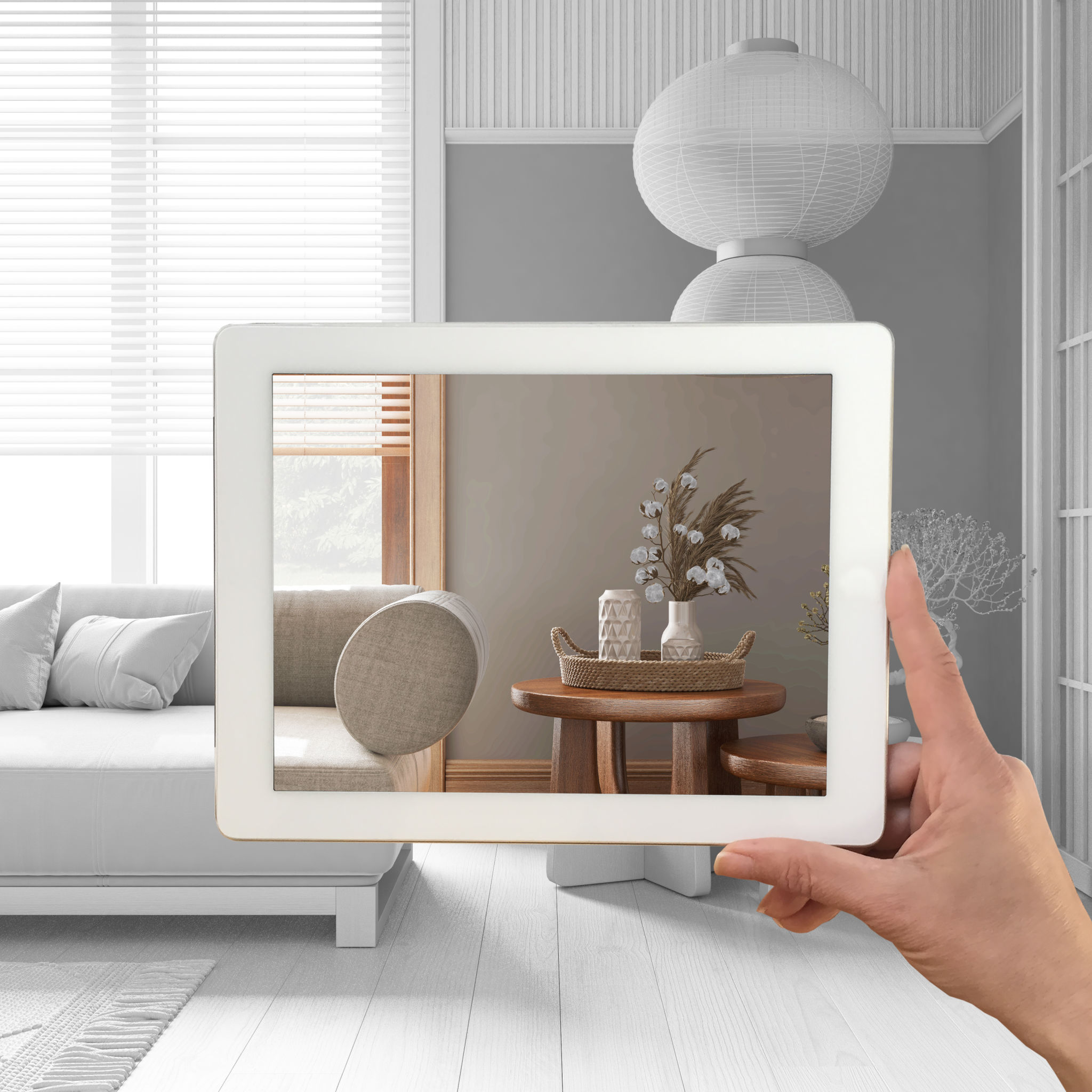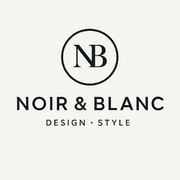How Virtual Home Staging Compares to Traditional Methods: Pros and Cons
Understanding Virtual Home Staging
Virtual home staging has emerged as a popular alternative to traditional staging methods, especially in the evolving real estate market. This digital process involves creating realistic images of a property's interior using specialized software, providing potential buyers with a visual representation of what the space could look like when furnished. This method offers several advantages over traditional staging but also comes with its own set of challenges.

Pros of Virtual Home Staging
One of the most significant benefits of virtual home staging is its cost-effectiveness. Traditional staging can be expensive due to furniture rental, transportation, and labor costs. In contrast, virtual staging eliminates these expenses, making it a more affordable option for sellers.
Another advantage is flexibility. Virtual staging allows for rapid changes in design and style, enabling sellers to tailor the interior to specific buyer preferences or trends. This adaptability can be instrumental in appealing to a broader audience.
Cons of Virtual Home Staging
Despite its benefits, virtual home staging does have drawbacks. One primary concern is the potential for misleading representations. Buyers may feel disappointed when they visit the property in person and find it empty or significantly different from the staged images. This discrepancy can affect their perception of the home's value.

Additionally, virtual staging lacks the emotional connection that physical staging can create. Walking through an actual furnished space allows buyers to better envision living there, which can be crucial in their decision-making process.
Exploring Traditional Staging Methods
Traditional home staging involves furnishing a property with real furniture and decor to enhance its appeal. This method has been a staple in real estate for decades and offers distinct advantages that virtual staging cannot fully replicate.
Pros of Traditional Home Staging
A major benefit of traditional staging is its ability to create a tangible experience. Potential buyers can physically walk through the space, appreciate the layout, and visualize themselves living in the home. This tangible interaction often leads to faster sales and higher offers.

Furthermore, traditional staging can highlight the property's features, such as architectural details and spatial flow, more effectively than virtual images. Real furniture allows buyers to assess the functionality and proportion of spaces.
Cons of Traditional Home Staging
The primary drawback of traditional staging is its high cost. The expenses involved in renting furniture and decor, as well as hiring professional stagers, can be prohibitive for some sellers. Additionally, traditional staging can be time-consuming, requiring significant preparation and coordination.
Overall, both virtual and traditional home staging methods have their place in the real estate market. By weighing the pros and cons of each approach, sellers can choose the option that best fits their needs and budget, ultimately enhancing their property's appeal to potential buyers.
